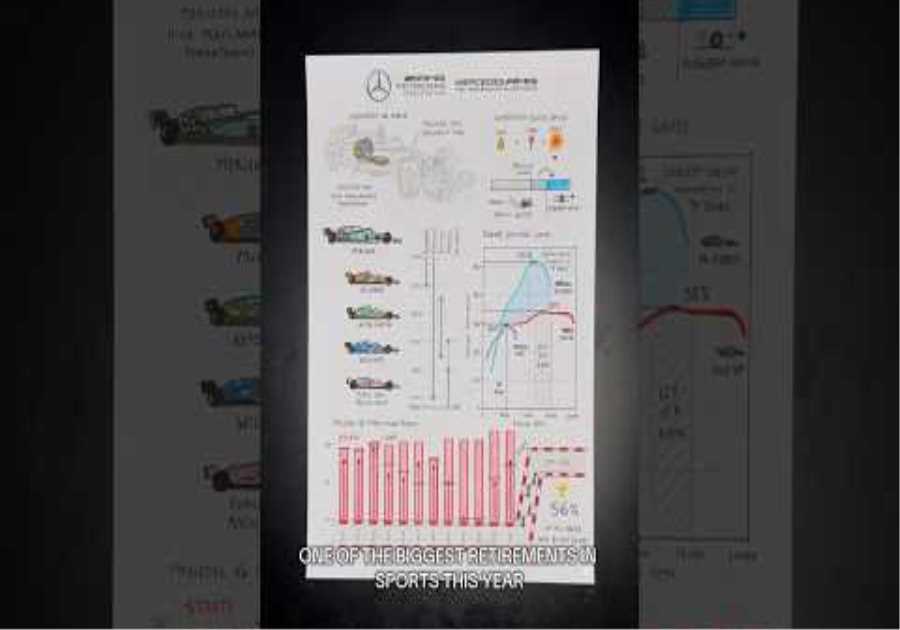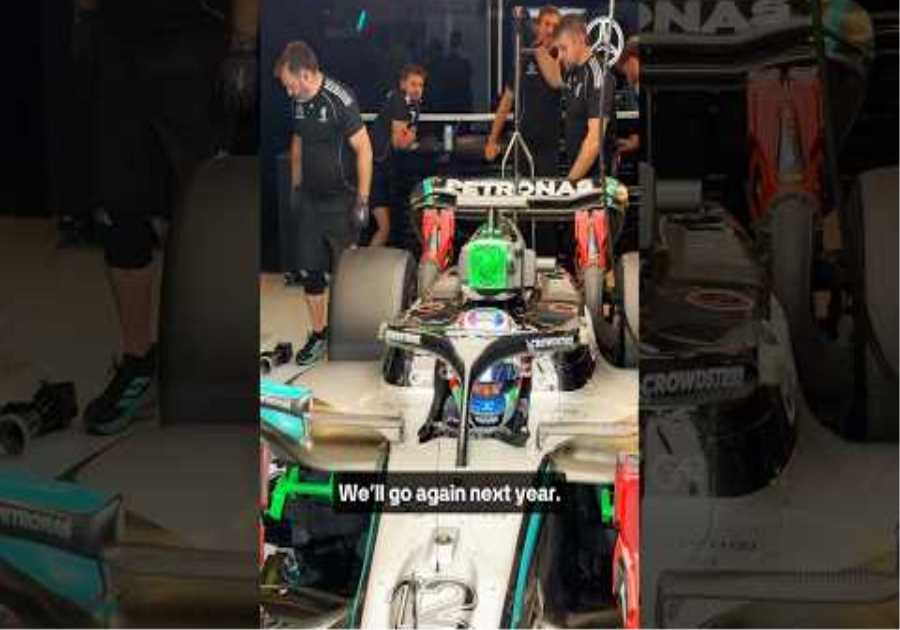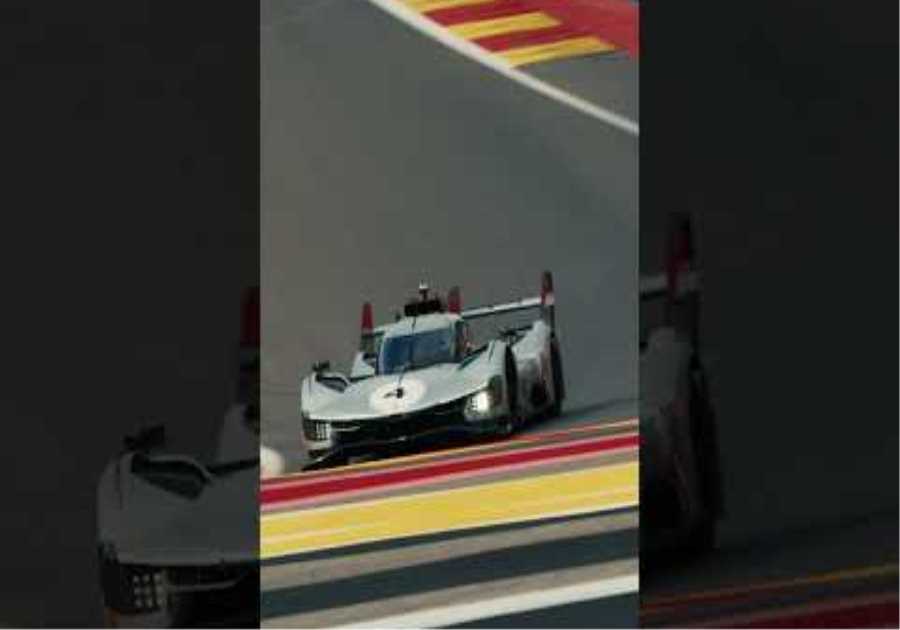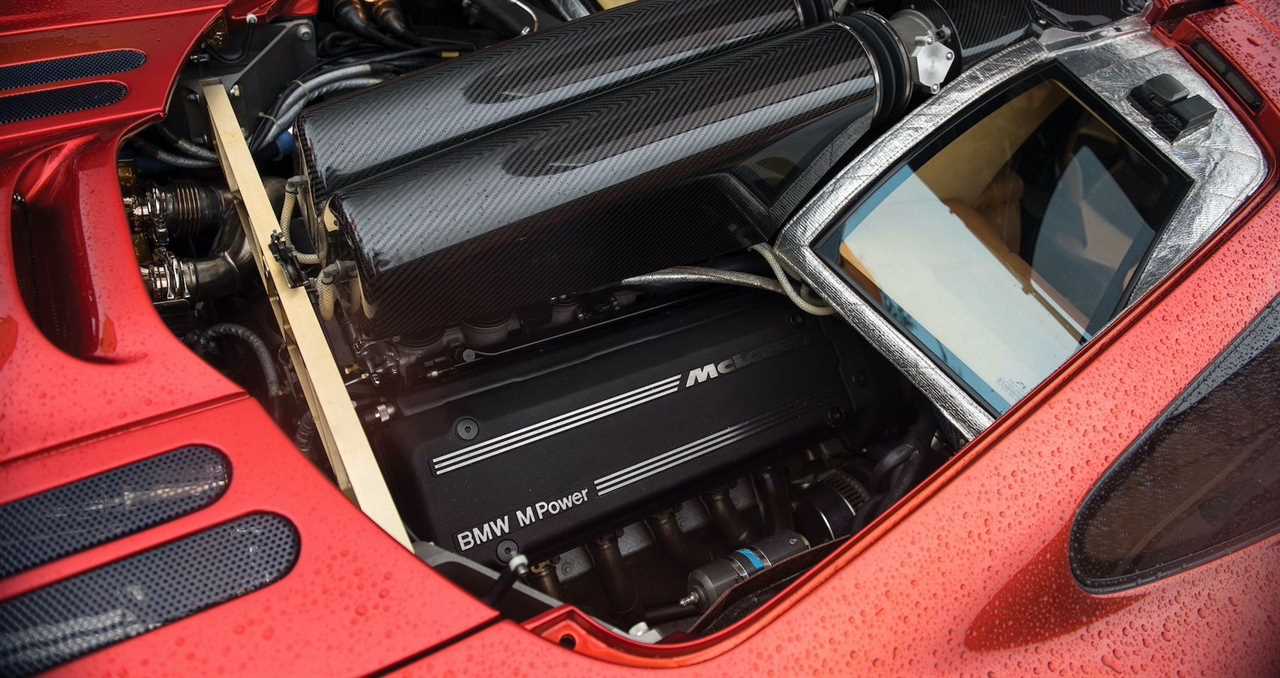
The McLaren F1 is widely considered one of the most iconic and revolutionary supercars in the entire history of the automobile, and even though three decades have gone by since it first hit the scene, the rear-wheel-drive beast is still one of the most powerful naturally-aspirated supercars ever produced.
Only 106 units of the F1 McLarens were ever made, mainly because the manufacturing process behind each unit required countless hours of manual labor using the highest-quality materials the industry had to offer, alongside the best-possible technology. Despite being a masterpiece from front to end, the most coveted component of the legendary F1 is undoubtedly its heart: the S70/2 V12 engine built by BMW specifically for McLaren’s F1 project.
The story behind the origin of the S70/2 mated to the F1 is just as enticing as the machine itself, and only adds to the unique pedigree of one of the most desired cars in the world. Here’s everything you should know about the piece of absolute art that is the McLaren F1’s engine.
How The McLaren F1’s S70/2 Came To Be
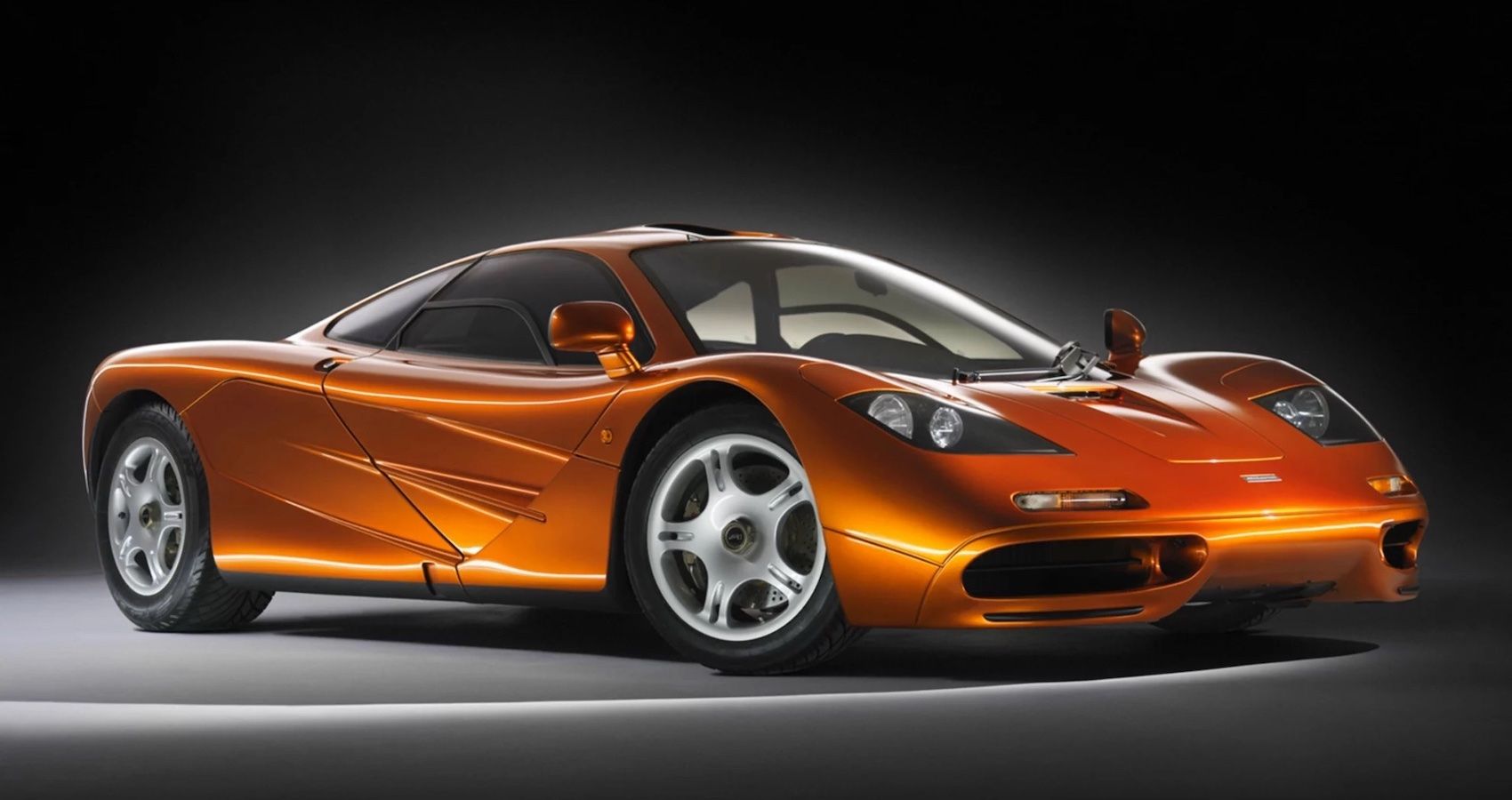
At the beginning of the ’90s, World-Renowned Formula 1 Designer Gordon Murray approached McLaren’s boss, Ron Dennis, with the ambitious idea to manufacture the most capable road-legal supercar possible, featuring the 1+2 seating configuration Gordon had always dreamed of . His project was approved, but after an initial period of design sketches that led to the development of the first prototype with the help of designer Peter Stevens, it quickly became evident that McLaren didn’t have enough funds to make an engine for the F1.
As a result, Murray met with Honda on various occasions to discuss the possible development of a V12 engine for the F1, but a final agreement couldn’t be met. Therefore, and fortunately, Murray took his project to BMW’s M division engineering genius, Paul Rosche, who was already caught in the development of a V12 for BMW’s future M8 prototype. Perfect timing resulted in a perfect partnership, and BMW agreed to manufacture an all-new V12 for the F1 supercar.
A Peak Inside The McLaren F1’s Heart
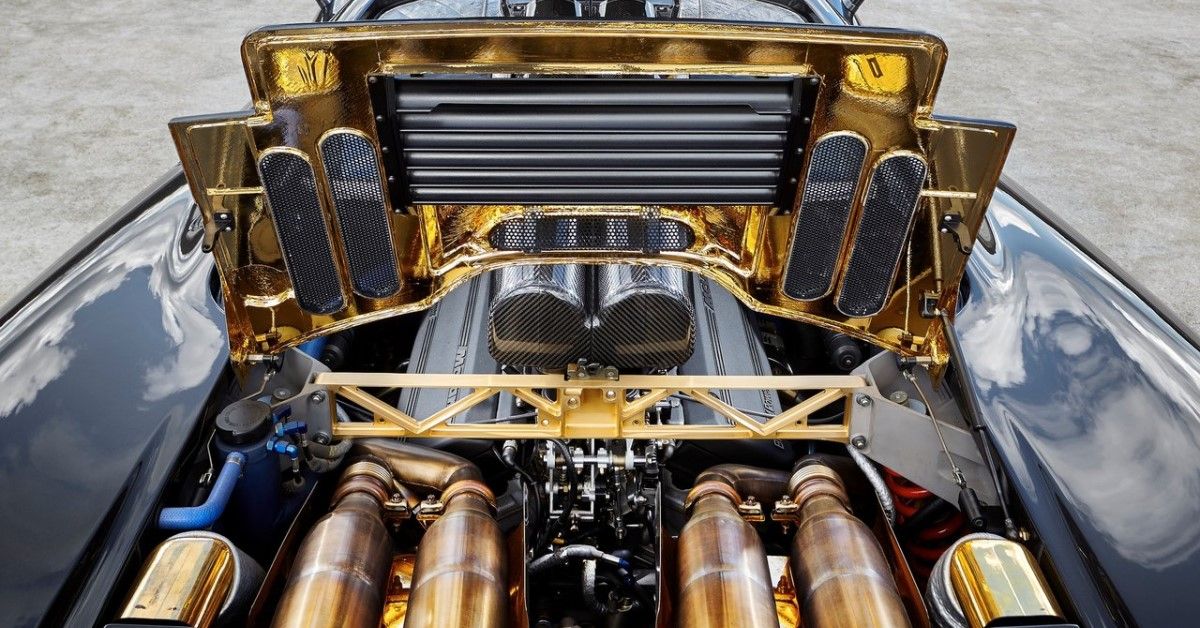
The naturally aspirated V12 that would end up in the F1 presented few similarities with the other V12’s that BMW was developing at the time, and Rosche threw in as much BMW racing tech as he possibly could. The S70/2 featured 6.1-liter cylinders mounted in a 60 degree V configuration, with forged-aluminum pistons, Nikasil bores, and magnesium dry-sump lubrication. Furthermore, the V12 had quad-valve dual-overhead-cams with variable valve timing for each file of cylinders, which helped improve efficiency at lower speeds and increased performance at higher revs. Find out more about how variable valve timing works here.
The F1’s V12 cylinders also accounted for 2 individual fuel injectors per cylinder. The first was placed closer to the inlet valve and accounted for lower speed injections, while the second injector was placed further away from the valve to respond to high-end revolution strokes. Such a large, high-performance engine inevitably reached immense temperatures, so the F1’s engine bay was bathed in gold, the best heat reflector available.
The McLaren F1’s S70/2 Impressive Specs
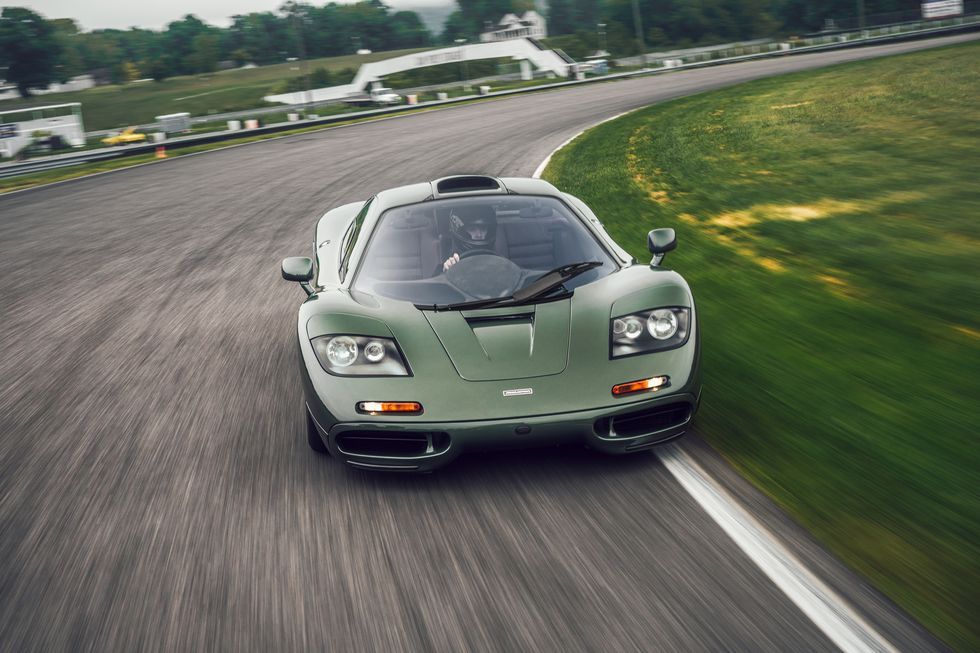
The naturally-aspirated V12 found inside the McLaren F1 was capable of making 620 horsepower and 479 pound-feet of torque, and could reach 7,500 rpm. The wondrous power plant could boost the F1 from 0-60 mph in just 3.2 seconds – which was utterly mind-blowing at the time, and it maxed out at a record-breaking top speed of around 240 miles per hour.
Long story short, the S70/2 V12 engine was nothing short of an automobilistic phenomenon, and we might not see anything like it – or the F1 it was mated to, ever again. Miraculous machines like the F1 only emerge when the most ambitious projects meet the greatest minds in the entire car industry, and we’ll forever be grateful to McLaren and BMW for such a fruitful partnership, and of course, to Gordon Murray.
Did you miss our previous article...
https://formulaone.news/mclaren/hopeful-lewis-hamilton-was-rejected-from-red-bull-f1-seat-alongside-sebastian-vettel-for-this-absurd-reason

